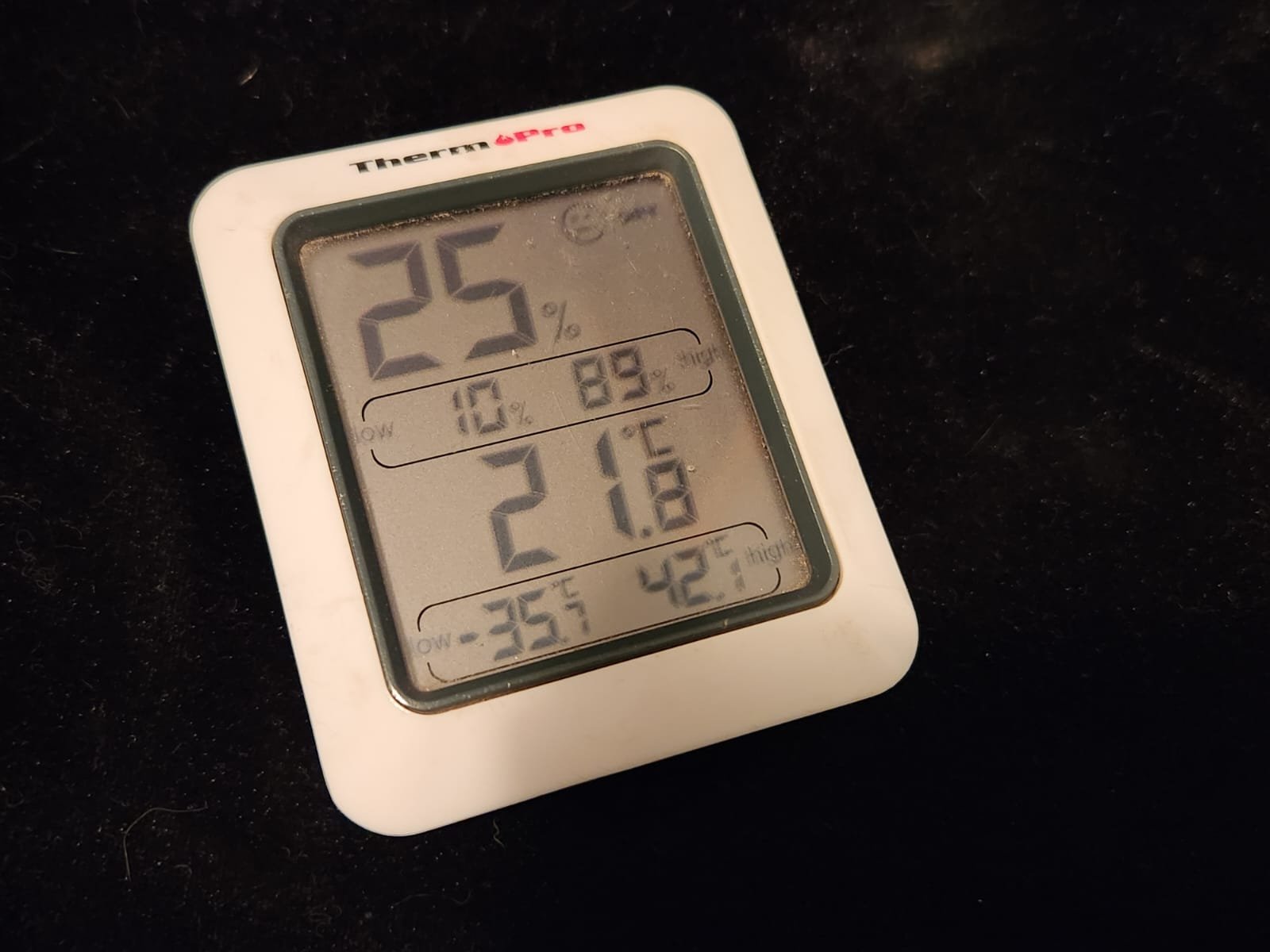Humidity and your Piano: What You Need to Know
Humidity is one of the main factors that causes a piano to go out of tune. While temperature is often cited as a culprit, it is humidity that has the most significant impact on your piano’s tuning.
Why?
Most of a piano’s components—from the frame to the keys—are made of wood, which naturally expands and contracts with changes in humidity. When the air is damp, the wood absorbs moisture and swells; when the air is dry, it shrinks. This constant shifting causes parts to move, affecting both tuning and performance.
Thicker wooden components, like the bridges, take longer to adjust to environmental changes. This is why experts recommend waiting 4 to 6 weeks before tuning a piano after moving it into a new home—it needs time to acclimate.
How to Maintain Stable Humidity for Your Piano
Since pianos thrive in consistent humidity, keeping your environment as stable as possible is key. If you want to improve tuning stability, consider these factors:
Uncontrollable Humidity Factors
Some things naturally impact humidity levels but aren’t realistic to eliminate:
Opening doors and windows
Using heating or air conditioning
Boiling water on the stove
Using a fireplace
Controllable Humidity Factors
Other factors can be adjusted to help maintain a more stable climate:
Piano Placement
Avoid placing your piano directly over a heater or air vent or next to a drafty window or fireplace.
Humidification Control
A humidification system designed for pianos can help regulate moisture levels.
Using room humidifiers or dehumidifiers can be helpful if you can consistently monitor and maintain them. It's also beneficial to use a hygrometer (pictured below), which will give you a clearer picture of temperature and humidity fluctuations around your piano.
It’s not always possible to do everything perfectly—but small adjustments can make a big difference.
What is the Ideal Humidity Level?
A 35-45% humidity range is a good target for piano stability. However, depending on where you live, this may not be realistic year-round. The key is to minimize extreme fluctuations whenever possible.
If you’re wondering about the signs that humidity is affecting your piano, look for issues like tuning instability or difficulty in playing. A hygrometer can help determine whether your piano needs a humidifier or a dehumidifier; if you live in Saskatchewan, for instance, you might benefit from a humidity control system that includes both options.
Protecting Your Piano from Humidity Damage
Over years of drastic humidity fluctuations, the wood in the piano can crack, leading to costly repairs. Both upright and grand pianos respond similarly to humidity changes, so regardless of your piano type, it’s important to monitor humidity levels.
One effective solution is the Dampp-Chaser system, which maintains humidity within a healthy range for pianos. Whether it's worth installing depends on the age of your piano and your desired outcome, so discussing it with your piano technician is recommended.
Seasonal Changes and Piano Care
Seasonal changes significantly impact temperature and humidity, which can affect piano tuning. If you're concerned about placing a piano in a basement, its suitability largely depends on how consistent the basement's humidity levels are.
If you find yourself in a home with extreme climate fluctuations, remember: you can only do your best and then surrender to the consequences. Install humidity control measures if possible, observe the humidity changes, and have your piano tuned every six months.
Long-term Piano Storage
Finally, for long-term storage, ensure your piano is in a temperature-controlled area. Storing it outside or in a barn or garage can lead to harsh conditions that cause cracking in wooden parts. Covering it and sealing it against pests while maintaining a stable environment can help protect your investment.
Final Thoughts
If tuning stability is a top priority for you, start by tuning your piano at least twice a year. If your climate or home conditions still leave the tuning of your piano unstable, discuss a humidification control system with your piano technician to see if it’s right for your situation.
I grew up in a home without a furnace, relying on a wood stove and baseboard heaters. This meant constant temperature and humidity fluctuations—far from ideal for a piano. Sometimes, your home’s environment isn’t perfect for tuning stability. You do the best you can.


